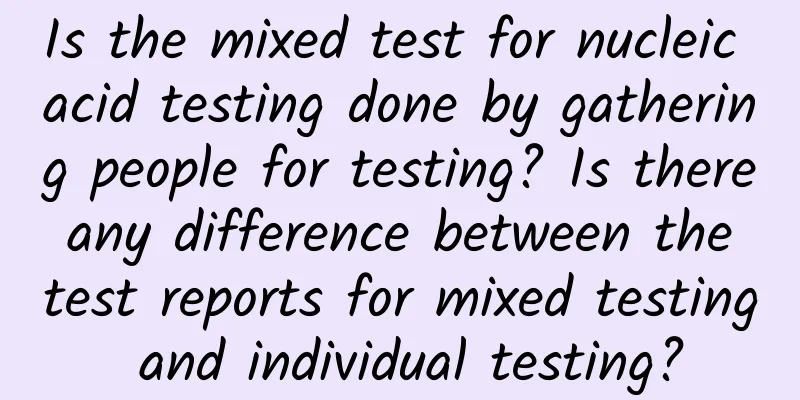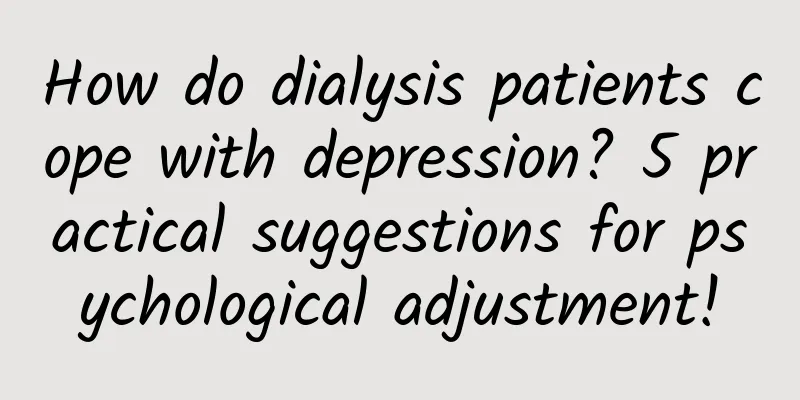What causes tinnitus after medical abortion?

|
Abortion can cause great physical harm to women. Some people will experience physical discomfort after undergoing medical abortion, such as tinnitus. Many times, this problem is thought to be caused by their physical weakness, but in fact it is a symptom of anemia. Many times, it is caused by a large amount of blood loss after medical abortion. So what measures should we take to solve such problems? What is anemia? Anemia refers to a symptom caused by the concentration of red blood cells or hemoglobin in the human body's peripheral blood being lower than normal. The manifestations of anemia are multifaceted. Common anemia symptoms in life include pale face and lips, palpitations, fatigue, etc. What is hemoglobin? What is the function of hemoglobin? (1) The substances that flow with blood in the human body's peripheral blood vessels are blood cells, mainly including red blood cells, white blood cells and platelets, among which red blood cells account for the largest proportion of blood cells. Hemoglobin is located inside red blood cells and is the main component of red blood cells. (2) Since hemoglobin is the main component of red blood cells, the degree of hemoglobin reduction can be used as an indicator for judging anemia. (3) The red color of a person’s skin and lips is determined by the color of hemoglobin. That is, the amount of red blood cells or hemoglobin can affect skin color. Therefore, the most obvious manifestation of anemia is pale complexion. There is a very interesting phenomenon: because the visual color temperature and skin color of Caucasians are different from those of Asians, when they develop anemia, they may be seen by each other as having green skin, while Asians mostly have sallow skin. (4) The main function of hemoglobin is to transport oxygen to various tissues in the body for use by the tissues, and to excrete waste produced by the tissues. With fewer vehicles transporting oxygen, they have to work overtime, which will cause shortness of breath and rapid heartbeat. Over time, they will suffer from chronic hypoxia and damage more organs. Who is prone to anemia? The following groups of people are prone to anemia: (1) Children: This is especially common in infants under 1 year old. However, infants between 2 and 4 months old may suffer from physiological anemia, which does not pose a threat to their health. (2) Adult women: mainly those with heavy menstrual flow and those who are pregnant, who are at high risk of anemia. (3) Elderly people: Elderly people are more susceptible to anemia because their bone marrow hematopoietic function and nutrient digestion and absorption function are reduced. Is anemia hereditary? Since anemia is often a manifestation of other diseases, the key to whether anemia is hereditary lies in the cause of the anemia. In real life, only a very small number of anemias are hereditary, such as hereditary spherocytosis and thalassemia. What are the symptoms of anemia? The cause of anemia, the degree of hemoglobin decrease, the speed of anemia occurrence, and the body's compensatory ability will all affect the manifestation of anemia. In addition, the manifestations of anemia are multifaceted, and there is no specific "gold standard". (1) Skin and mucous membranes: After anemia occurs, the complexion, nail bed (nail color), and lip color will first become abnormal, mainly manifested as pale color. If the anemia continues to develop, the skin will become rough and cracked. (2) Nervous system: Such as dizziness, tinnitus, insomnia, memory loss, and children with anemia may also cry and be restless. (3) Respiratory system: rapid breathing, high frequency, etc. (4) Digestive system: indigestion, abdominal distension, loss of appetite, glossitis, stomatitis, and some children may also develop pica, such as chewing on foreign objects such as soil, nails, and metal. (5) Urinary and reproductive system: Women may experience menstrual abnormalities, mainly manifested by a decrease in menstrual volume. (6) Immune system: Reduced immunity, especially in children, makes them more susceptible to illness. (7) Circulatory system: palpitations, rapid heart rate, and long-term anemia can also cause anemic heart disease. How to treat anemia? (1) Treatment of symptoms: If anemia is severe, red blood cells can be transfused; drugs that promote red blood cell production, such as erythropoietin, can be used to stimulate hematopoiesis; if anemia leads to organ damage, organ protection treatment should be given; if anemia leads to infection, anti-infection treatment is required. (2) Treatment of the cause: The disease that causes anemia should be actively identified and treated for the primary disease, such as malignant tumors, kidney disease, etc. The treatment of anemia must pay attention to the treatment of the cause. If the cause of anemia or the primary disease cannot be corrected, anemia will be difficult to cure. |
<<: I still have bleeding after seven days of medical abortion.
>>: Can I use medicine to abort breast hyperplasia?
Recommend
The dangers of hunger during pregnancy
There are many aspects that women need to pay att...
What medicine should I take for less blood clots during menstruation?
Menstrual irregularity is a common disease in wom...
World Parkinson's Day | 5 Parkinson's Disease Myths, 1 of Them Is True →
Parkinson's disease is a neurodegenerative di...
How to choose black fungus (the ones with moderate size and slightly off-white back are the best)
...
Why does a woman feel a sharp pain in her lower abdomen when she sits down?
In life, some women often experience stabbing pai...
Why didn't I have my period 45 days after the abortion?
I believe many people are familiar with abortion ...
How long should I have sex during the ovulation period?
Many couples want to have a baby but cannot get w...
Is it normal to have a small amount of bleeding after an abortion?
When a woman becomes pregnant unexpectedly and ch...
What causes a woman's left hand to swell?
The swelling of the woman's right hand is loc...
Treatment of pseudocondyloma acuminatum in women
I don't know if you have heard of female pseu...
Can I eat basil during menstruation?
Perhaps all of us are not very familiar with Peri...
Chinese medicine conditioning for premature ovarian failure, a good mood is the key
With the increasing pressure of life and work, mo...
Will itchy feet during pregnancy affect the fetus?
Itchy feet in pregnant women generally do not aff...
What kind of wooden door is of better quality? How to choose wooden door
We all know that doors are a very important decor...
What causes menstrual headaches?
During the days of monthly bleeding in women, not...









